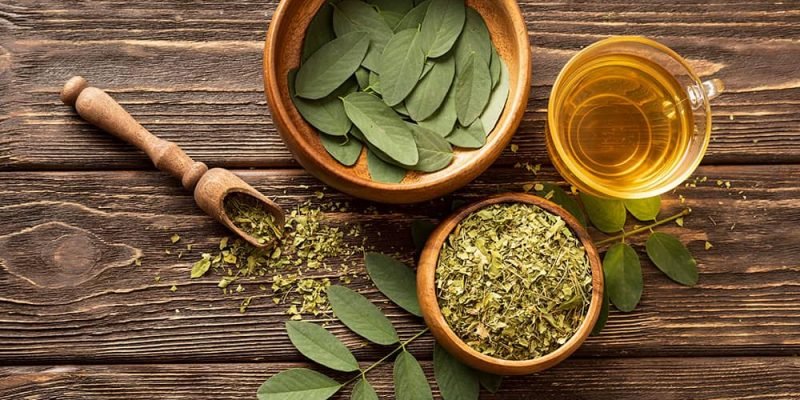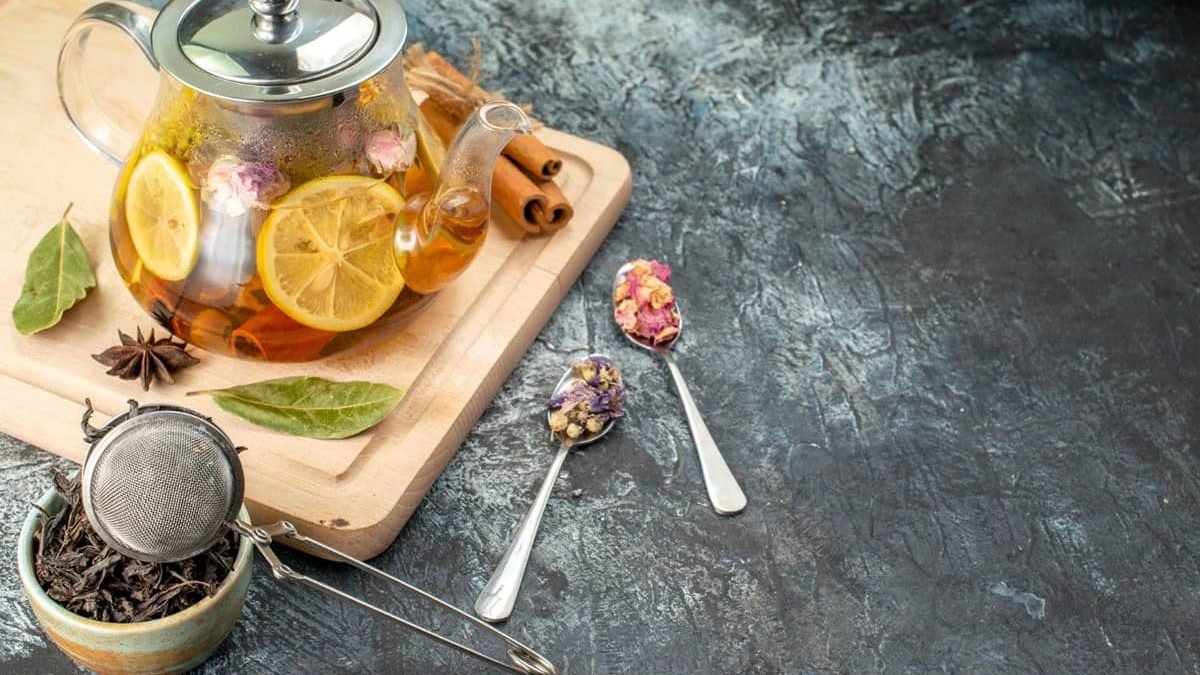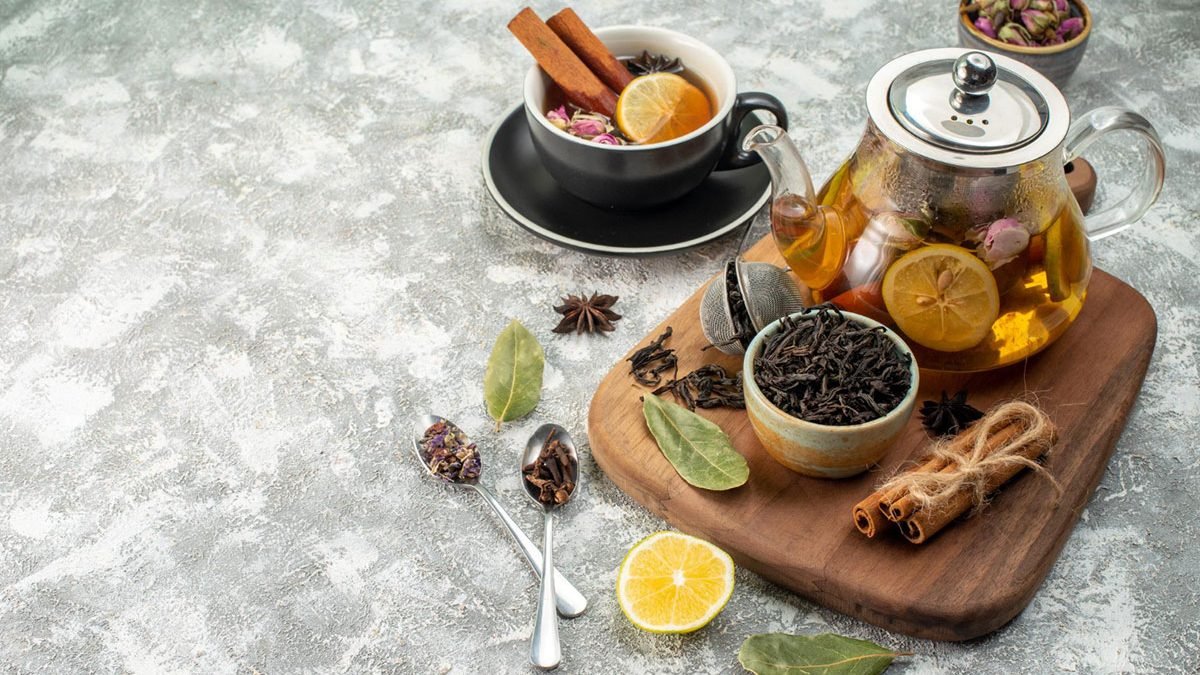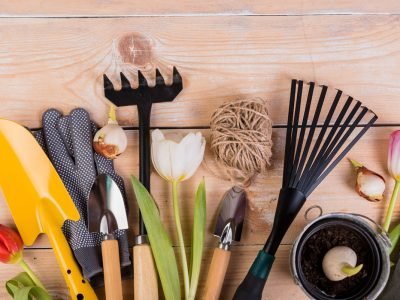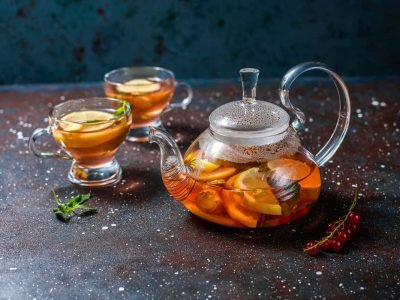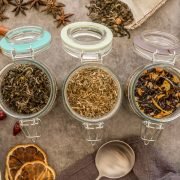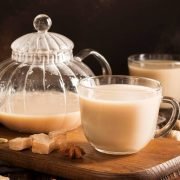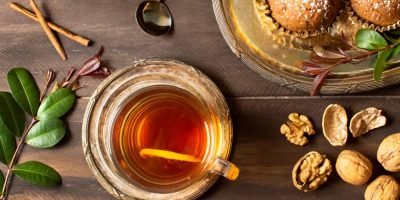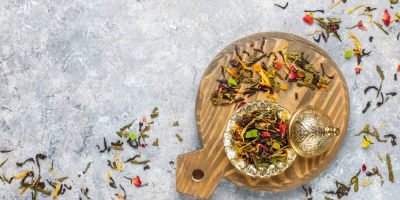With various flavors of Balkan tea, there is something for everyone to enjoy. Balkan tea is a delicious and refreshing way to enjoy the flavors of the Balkan region.
When it comes to tea, the Balkans know best. With a variety of flavors and ingredients, Balkan tea is unlike any other. Each country has a unique take on this beloved beverage, from Bulgaria to Bosnia. Whether you like your tea sweet or savory, there’s a recipe for everyone. So next time you’re in the mood for something different, reach for a cup of Balkan tea and try the unique flavors of Balkan tea.

The Unique Flavors Of Balkan Tea
The Balkan Peninsula is home to some of the world’s most unique and flavorful teas. This article will explore the history and traditions of Balkan tea and how to make it.
Balkan tea has a long and rich history. It is believed that the first tea plants were brought to the Balkans by the Ottoman Turks in the 16th century. Tea quickly became a staple of Balkan culture, and over time, each region developed its unique way of preparing and enjoying tea.
Today, there are many different types of Balkan tea, each with its distinct flavor. Some popular varieties include Bulgarian Rose Tea, Turkish Apple Tea, and Bosnian Mint Tea.
No matter what variety of tea you choose, the key to making a perfect cup is to use fresh, high-quality ingredients. When boiling water for tea, never use cold water straight from the tap. Instead, boil the water and let it cool for a minute before adding your tea leaves.
Once your water is at the correct temperature, add your desired tea leaves and allow them to steep for 3-5 minutes. After that, you can enjoy your delicious cup of Balkan tea!
Balkan Tea History
Balkan tea has a long and rich history dating back centuries. The earliest known mention of tea in the Balkans was in the 15th century when Turkish writer Ahmed Cevdet wrote about a drink made from the leaves of a particular plant. It is believed that tea first came to the Balkans via the Silk Road, quickly becoming a popular beverage among the region’s people.
Tea drinking continued to grow in popularity in the Balkans throughout the centuries, and by the 19th century, it was an integral part of Balkan culture. At this time, tea was typically made with loose leaves, which were then steeped in hot water. Sugar or honey was often added to sweeten the drink, and mint was often used to add flavor.
Today, Balkan tea is still enjoyed by many people in the region and has become popular in other parts of the world. Although some areas still rely on traditional methods, others have embraced modern techniques like tea bags. Regardless of the preparation method, Balkan tea is a delightful and refreshing drink cherished by all who taste it.
How to Make Balkan Tea
When making Balkan tea, it is essential to use only the freshest, highest-quality leaves. If possible, try to find a local source for your tea. If you can’t find fresh leaves, you can use dried ones, but they will not be as flavor-packed.
The water you use to brew your tea is also essential. Try to use filtered or spring water if possible. And, of course, make sure it is boiling!
Add 2-3 tablespoons of tea leaves to a teapot or teacup to make a pot of Balkan tea. Then, add boiling water and allow the tea to steep for 3-5 minutes. After that, stir in 1-2 teaspoons of sugar (or to taste) and serve hot.
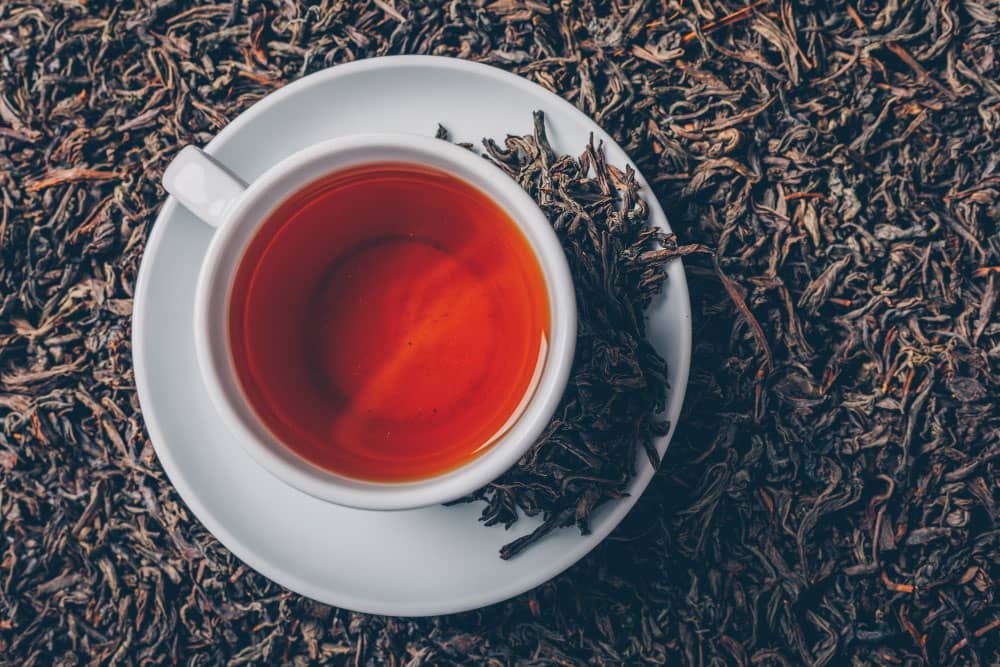
Balkan Tea Traditions
Tea is an integral part of Balkan culture, with many regions having unique blends and traditions. In Bosnia, for example, Bosnian coffee is made by boiling coffee grains with water and sugar and then adding milk. This creates a thick, creamy beverage often served with a piece of Turkish delight or other sweet treat. Meanwhile, In Serbia, it is common to add a spoonful of honey to tea, giving it a distinct flavor.
Herbal teas are also popular in the Balkans and are often used for medicinal purposes. In Bulgaria, for instance, menta tea (made with mint leaves) is considered suitable for digestion. In Romania, herbal teas such as sunflower and camelia tea are commonly drunk. So next time you’re in the Balkans, try local teas – you might find a new favorite!
Balkan Tea in the modern world
In the modern world, Balkan tea is often consumed as a part of many social gatherings. This includes everything from friendly get-togethers to more formal events. There are even some businesses that specialize in serving this type of tea.
Adding milk and sugar is one of the most popular ways to drink Balkan tea. This creates a sweet and creamy beverage that can be enjoyed at any time of day. Another popular way to enjoy this tea is to add lemon juice, which gives it a refreshing tart flavor.
Balkan tea can also be enjoyed without any added ingredients. This allows the drinker to enjoy the tea leaves’ unique flavor. No matter how it is enjoyed, Balkan tea is a delicious and refreshing beverage that is perfect for any occasion.
The unique flavors of Balkan tea are something that everyone should experience. The rich history and culture of the Balkans is best experienced through its food and drink. So next time you are looking for something new to try, reach for a cup of Balkan tea.
Post Disclaimer
The information contained in this post is for general information purposes only. The information is provided as is and while we endeavour to keep the information up to date and correct, we make no representations or warranties of any kind, express or implied, about the completeness, accuracy, reliability, suitability or availability with respect to the website or the information, products, services, or related graphics contained on the post for any purpose.
These statements have not been evaluated by the FDA and are not intended to diagnose, treat, cure or prevent any disease or health condition. If you have specific healthcare concerns or questions about the products displayed, please contact your licensed healthcare professional for advice or answers.


